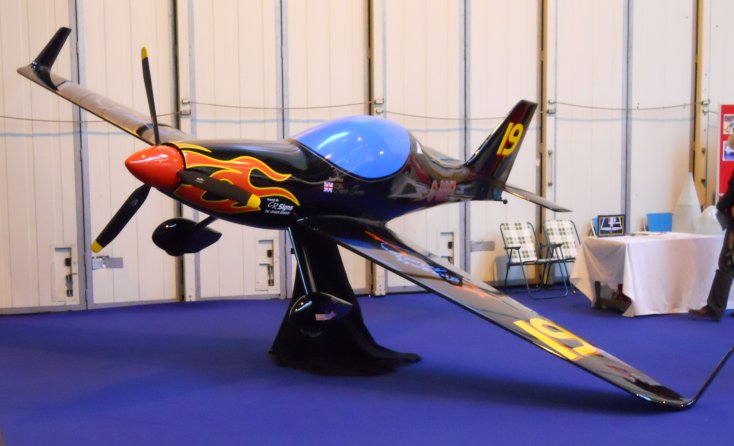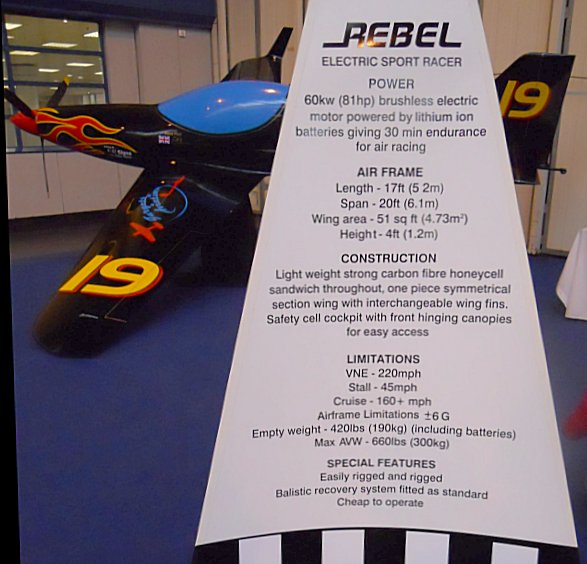Post
by Trevor Lyons » Fri Mar 04, 2011 9:54 am
As the earth's oil reserves diminish, it becomes increasingly important to develop alternative energy sources; and one of the most promising is the fuel cell. A fuel cell is a device that combines hydrogen & atmospheric oxygen to produce electricity to drive an electric motor, producing only water vapour as an exhaust product.
If fuel cell/electric-motor (FCEM) units were to power the world's cars, then the remaining oil could be used a a chemical resource rather than burnt as a fuel; and motor vehicle pollution would diminish to nothing. But although FCEM technology is almost ready for use, there is a problem: there are no filling stations where hydrogen is available to motorists. This is where light aviation could play a huge developmental role. If a handful of UK airfields were persuaded to supply hydrogen, and if some GA light aircraft were fitted with FCEMs, then the project could get going.
In a light aircraft, an electric motor would be ideal: small, light, compact, reliable, torquey and turbine-smooth. These qualities permit a fuselage with a very streamlined nose; and the smooth, vibrationless engine needs only the lightest engine mountings. The fuel-cell and the fuel itself can be located optimally; and the whole thing becomes a virtuous circle. To begin with, while the fuel-cells were still being perfected, the first aircraft might need to be hybrids. They could have a small array of lithium batteries charged on the ground from mains power and in the air from wing-mounted solar panels and from the fuel cell. (Even when fuel cells attain full development, such a hybrid set-up could yet prove to be ideal).
As FCEM aircraft became more common, more airfields could be be coaxed to sell hydrogen fuel and the project would snowball. In due course car manufacturers and filling stations would start to take notice, motorists would drive FCEM cars, and the world would change. After all, it didn't take too long before LPG was generally available. (Of course, it takes energy to isolate the hydrogen in the first place; but there are some very efficient and green ways to do this).
A major issue is: how to fund research? If a go-ahead GA consortium were to be set up (say the UK's Swift and Austria's Diamond), and if the national governments and/or the EU were to provide grants or cheap loans, there is a real chance of progress. If we Europeans don't do it first, the Japanese probably will!
formerly "arriviste" (ARV-ist!)

